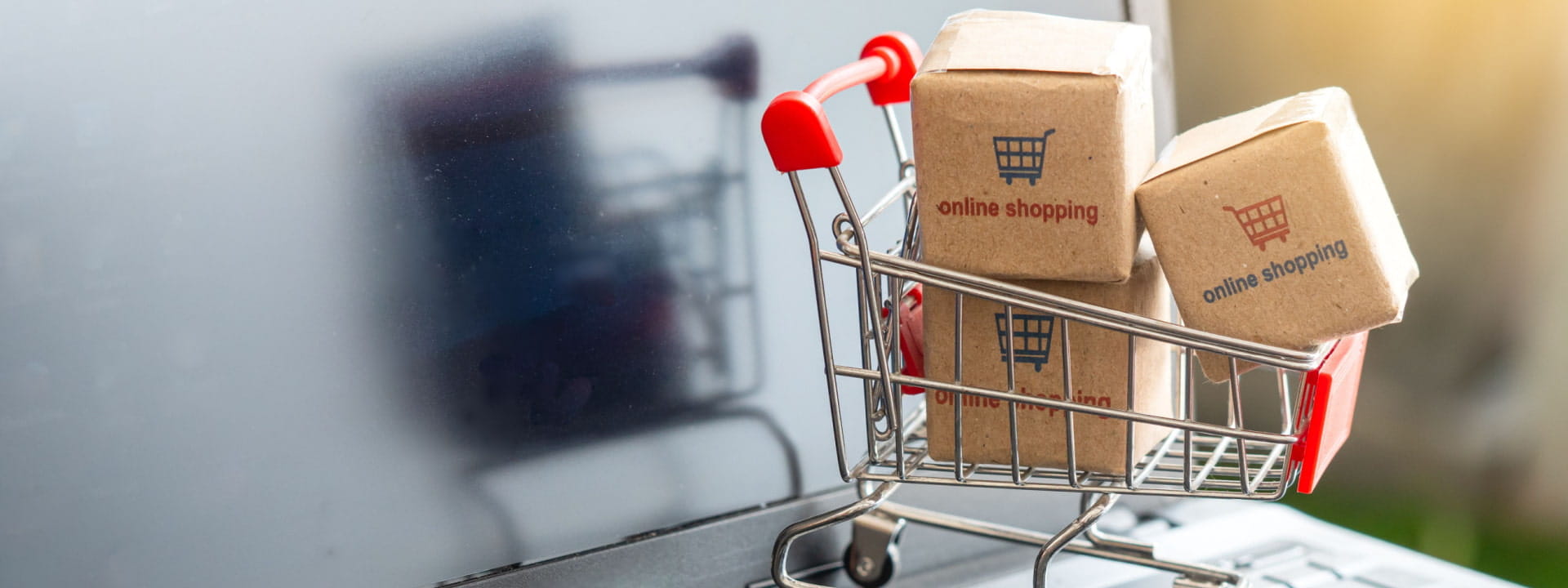How eCommerce is shaping the future of retail

It's no surprise that some Australian businesses are finding it difficult to add online shopping to their customer offering, as expansion into the online sphere requires some fundamental changes to everyday business operations.
eCommerce has become a necessity for businesses looking to maintain a strong customer base in the digital age, with the likes of Amazon now firmly established within our shores.
In its latest report, Australia Post found that 82% of Australian households purchased products online in 2022. This equated to $63.8 billion worth of online purchases, representing 18.1% of total retail spend in the same year.
Maximise success through omni-channel and multi-platform strategies
In today's fast-paced retail industry, it is crucial for retailers to ensure their products are easily accessible on both their websites and mobile apps. They must also prioritise the efficiency and security of their online eCommerce operations while guaranteeing that goods are carefully packed, confirmed, and delivered to the consumer's doorstep in a timely manner.
The power of retail is now on the side of the consumer, as customers become increasingly demanding and far less tolerant of failure.
The online shopping experience must be without fault, a completely seamless journey. Payment security, tailored communications, personalised product recommendations and high-quality products at a low cost are all key competitive elements in the eCommerce space. And doing all of this while avoiding a torrent of backlash on social media or mobile app reviews if anything goes wrong.
Brands must also be socially active, building communications direct with their customers, so the customer journey does not end after a purchase. This has led to the use of co-creation, a strategy where online retailers use the power of social media and the online community to power future marketing campaigns, sales and steering the future direction of the business.
Ensuring this journey is smooth and simple requires significant technological capability, and thanks to the cloud boom, this capability has led to various companies refining the eCommerce experience, also lowering costs in the process.
Analytical and data management technology pulling mass data based on customer clicks, searches and browsing, has improved the personal customer data and analytics behind each individual customer journey both in-store and online.
Adapt or be left behind
Businesses can now build dynamic pricing based on estimated demand and use predictive analytics to forecast the future revenue of each individual product.
Big hitters like Amazon, eBay and Catch have led to significantly lowered prices and offer consumers the opportunity to effortlessly search for lower prices between competitors. This cycle creates enormous pressure for businesses to perform and rapidly adapt.
Movie rental chain, Blockbuster is a prime example of a business that has failed to adapt to the changing landscape, encountering enormous losses because of this failure. Sitting at an annual revenue of approximately USD$6 billion in 2004, in comparison to Netflix’s USD$500 million, Blockbuster experienced enormous losses leading to bankruptcy in 2011, while in 2011 Netflix rocketed to USD$4.4 billion.
Australian success story: Lowes
Renowned across Australia for its high-quality menswear, young menswear and school wear at affordable prices, Lowes is a family business and remains a leading 100% Aussie-owned company with over a century of operational experience behind it.
In early 2014, Lowes successfully revamped its operations by extending their business online. While still very successful in its retail business, Lowes’ management intended to expand into the eCommerce space to further grow the brand and serve customers who love its products but required the convenience of online ordering.
Brother was tasked with addressing Lowes’ print, scan and fax challenges across the retail, warehouse and corporate sector of their business and were able to solve all the issues faced by Lowes’ move into eCommerce and guarantee a smooth transition for the leading Australian retailer to meet the operational needs of its new direction.
See how Brother helped Lowes transform its business in this case study
See how Brother’s team of experts can help your retail business prosper in an online environment. Contact us for a print, scan or labelling demonstration, or visit our corporate solutions website to check out how we can elevate your retail game.

Resource Library
Be the first to receive exclusive offers and the latest news on our products and services directly in your inbox


.jpg?h=720&iar=0&w=1920&rev=36358aeeea934b07bce65a5d230d3519)

